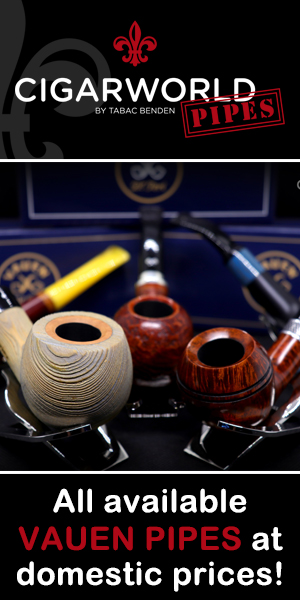I've been reading about using activated charcoal and superglue to fill dents and rebuild buttons on beaten-up vulcanite stems. My understanding is that the repairs look good, but that as the stem oxidizes it becomes obvious. Has anyone tried a mixture of powdered vulcanite and superglue instead? I'm thinking that it might oxidize along with the stem, making the repair less obvious over time. I'm interested if my theory has merit, but I won't know for months or years. Has anyone else tried this?
I tried a quick experiment last night. I filed a hopelessly broken stem to create the powdered vulcanite. I mixed it with CA gel, waited a oouple hours and sanded. Seems OK to me. My first attempt wasn't good because I mixed in too much vulcanite, making it too thick.
Also, which works better for these repairs -- regular or gel? I almost think the regular would work better because you could use a higher percentage of vulcanite powder before it gets too thick to apply smoothly.
I have a pre-transition Barling's bent for which I'm going to have a new stem made. The original stem with the Barling's cross seems like a softer vulcanite than I've seen before and it has serious button wear and a deep divot in the top. It looks more like wear than being misshapen. I tried some heat to raise it, but it wasn't effective at all. That's what has me considering this vulcanite/CA solution. I dunno. Maybe I should leave well enough alone.
I tried a quick experiment last night. I filed a hopelessly broken stem to create the powdered vulcanite. I mixed it with CA gel, waited a oouple hours and sanded. Seems OK to me. My first attempt wasn't good because I mixed in too much vulcanite, making it too thick.
Also, which works better for these repairs -- regular or gel? I almost think the regular would work better because you could use a higher percentage of vulcanite powder before it gets too thick to apply smoothly.
I have a pre-transition Barling's bent for which I'm going to have a new stem made. The original stem with the Barling's cross seems like a softer vulcanite than I've seen before and it has serious button wear and a deep divot in the top. It looks more like wear than being misshapen. I tried some heat to raise it, but it wasn't effective at all. That's what has me considering this vulcanite/CA solution. I dunno. Maybe I should leave well enough alone.






